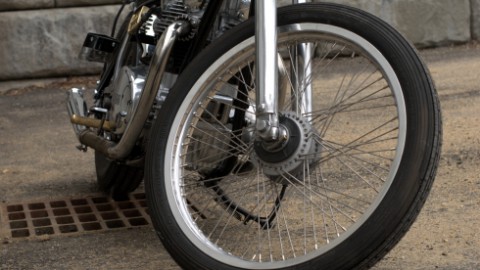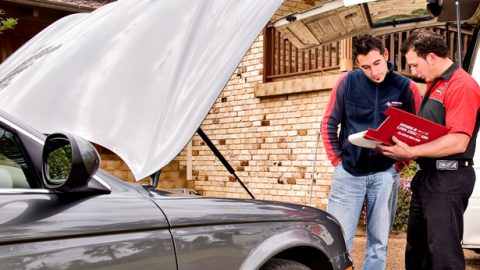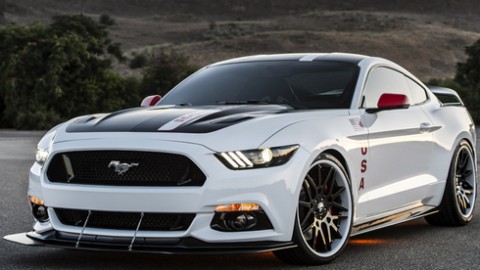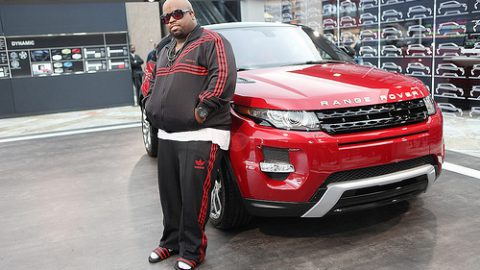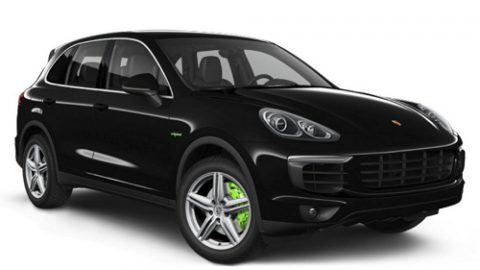Start with a daily driven car. I can’t stress this enough. If you start modifying a worn-down, tired old car that’s not completely reliable, you’ll definitely regret it. As long as all the major systems are in good working order, you don’t have much to worry about.
If your engine, suspension, or electronics have been flaky, sort them out first. If you can’t drive it every day now, your modifications will only exacerbate your existing issues.
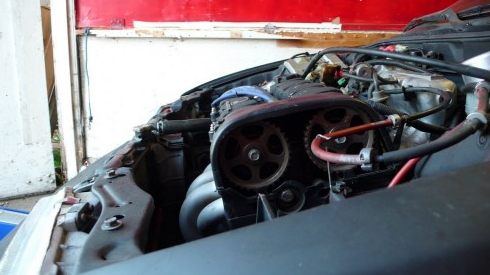
Start Modifying Cars

